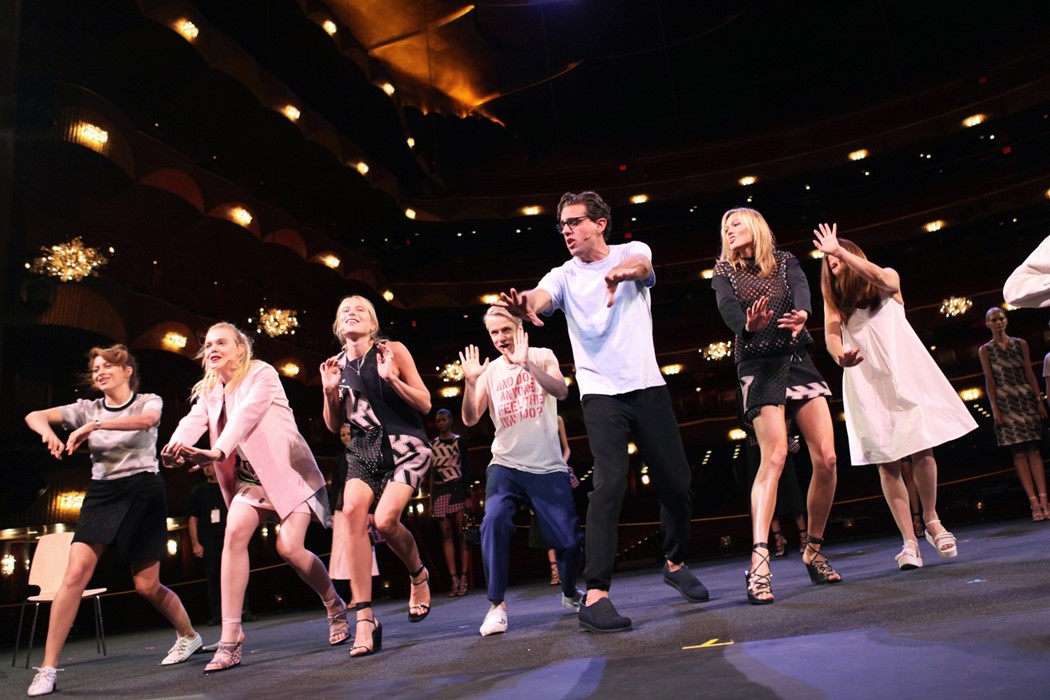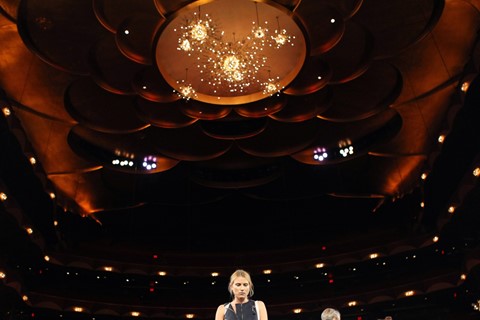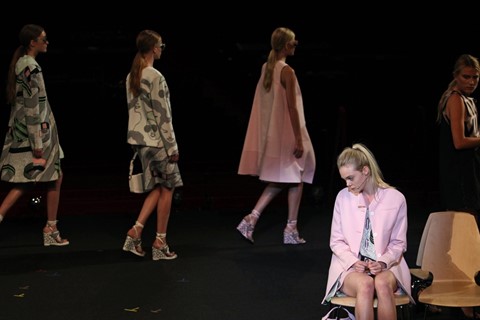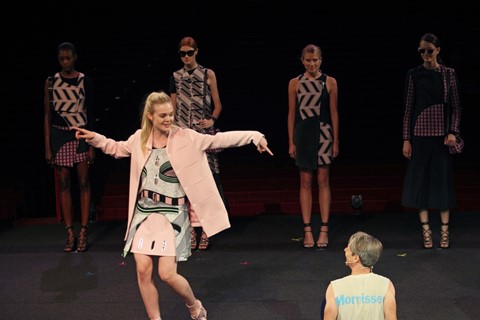In celebration of his one-act play for Opening Ceremony, 100% Lost Cotton, we consider our favourite characters by cinematic maverick, Spike Jonze
For S/S15, Opening Ceremony abandoned the traditional runway format in favour of a one-act play, 100% Lost Cotton, co-written by cinematic mavericks Spike Jonze and Jonah Hill. The result was an offbeat comedy that charmingly poked fun at the fashion industry, with a stellar cast that included Elle Fanning, Dree Hemmingway and Karlie Kloss. Set onstage at the Metropolitan Opera, OC's own Humberto Leon and Carol Lim were played by John Cameron Mitchell and Catherine Keener in the fashion parody, which fired out comic lines such as, "Will someone please tell casting not to send us any hideous legs!" All while dressed in Opening Ceremony of course.
Jonze is one of this generation's most influential and inventive filmmakers, creating films that balance a kooky charm with unnerving and often perverse plot lines. His characters are dressed by costume designer and Jonze's long time collaborator Casey Storm, who Jonze first met in 1994 while working on a music video for Beastie Boy’s Sabotage. In celebration of New York Fashion Week’s latest off-kilter take on the fashion circus, AnOther singles out our five favourite Spike Jonze characters.
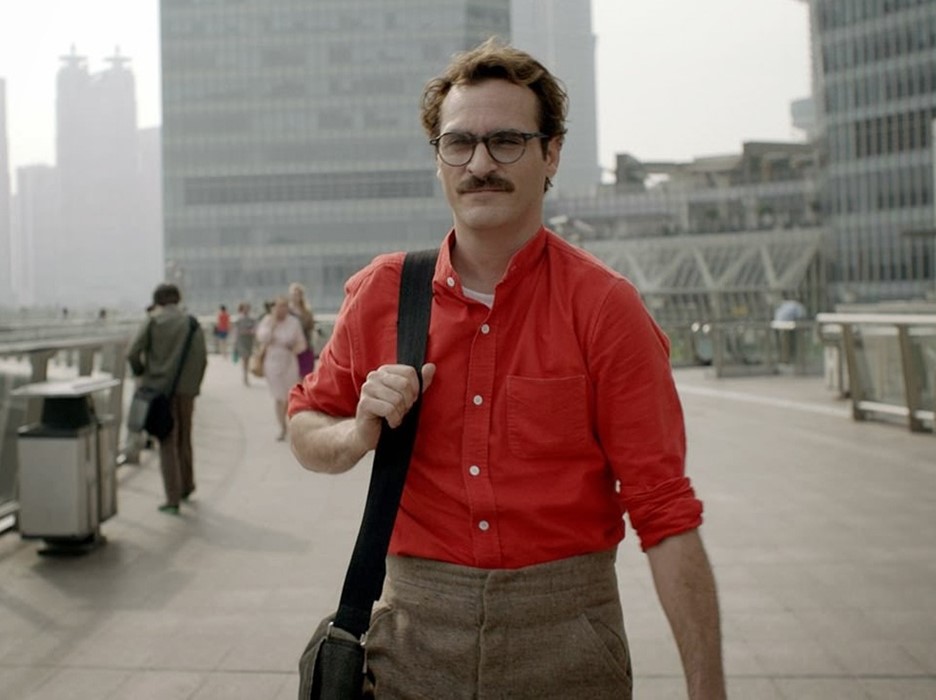
Theodore Twombly, Her, 2013
At first glance Twombly, played by Joaquin Phoenix, looks like a young Tom Selleck, with his prominent mustache and chestnut hair. Instead, he is the lonely and endearing protagonist of Jonze's 2013 film, Her, that tells the bizarre distopian tale of a man who falls in love with his computer device (voiced by Scarlett Johansson). With his retro hipster frames and high-waisted trousers, Thombly wins the heart of every girl who has ever fallen for the shy awkward boy at school. Although set in the distant future, costume designer Storm deliberately rejected any idea of futuristic clothing, opting for classic homogenous tailoring: cord blazers, gingham shirts, high waists. Governed by a strict colourful marketing strategy (the slick red poster was unmissable at the time of release) it is deliberately anti-fashion, like a bright play on normcore, with not a shred of denim in sight.
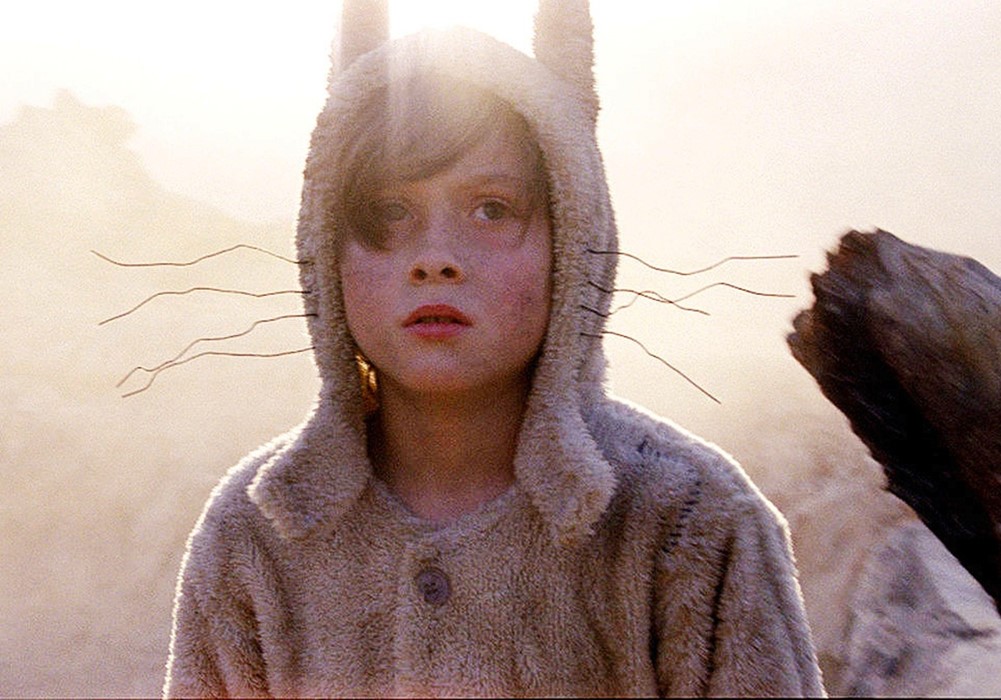
Max Records, Where the Wild Things Are, 2009
Adapted from Maurice Sendak’s 1963 novel of the same name, Where the Wild Things Are tells the delightful and endearing tale of Wild Thing Max, who sails away to a faraway jungle of monsters and beasts. The classic children’s story is very much a tale for adults too, struck through with cautionary moral lessons, subtle humour and eccentricities. With his gold crown and wolf suit, Max is joyfully unruly, and his lines are heartwarmingly sweet. “I have a sadness shield to keep out all the sadness,” says Max. Well, we’d all like one of those.
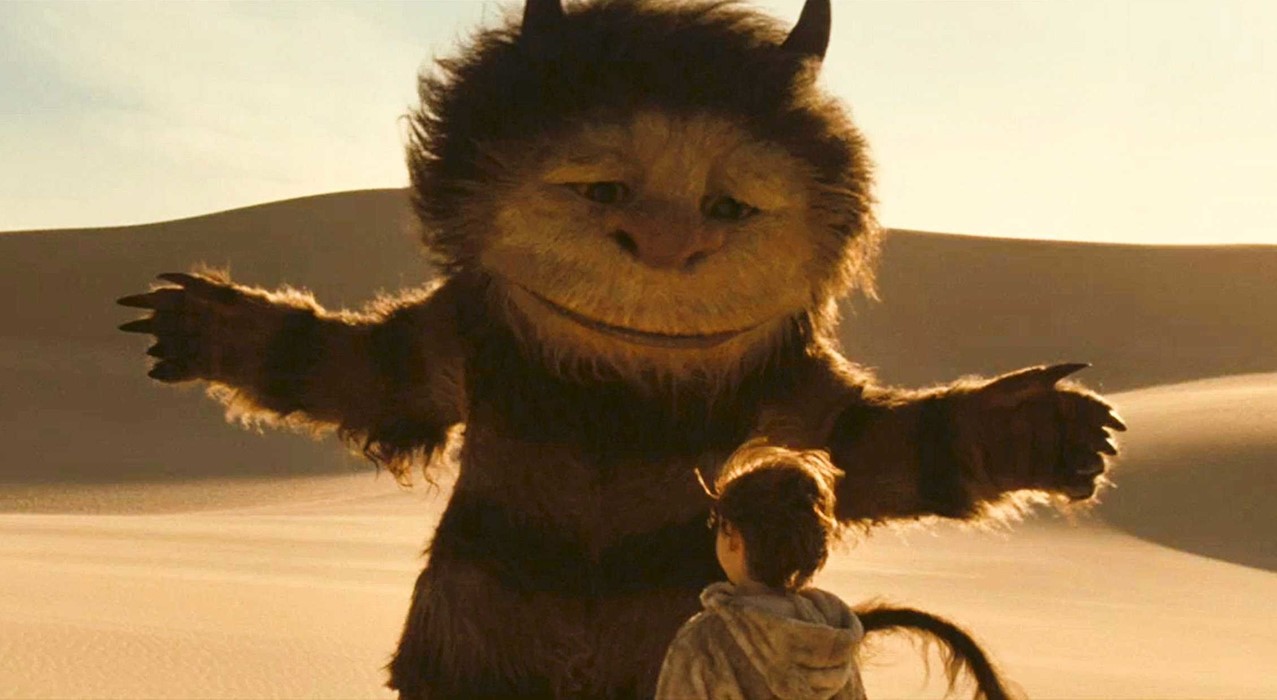
Carol, Where the Wild Things Are, 2009
The character of Carol was given a deeper pathos last year when James Gandolfi unexpectedly passed away. The world mourned the loss of the acclaimed actor who was globally famous as the mobster Tony Soprano, and who also lent his voice to impulsive Wild Thing Carol. Gandolfi played the role with a blend of sensitivity, fear and paternal charm, displaying a dynamic range in a role pitched far away from the societal underbelly of drugs and death he inhabited for the Sopranos.
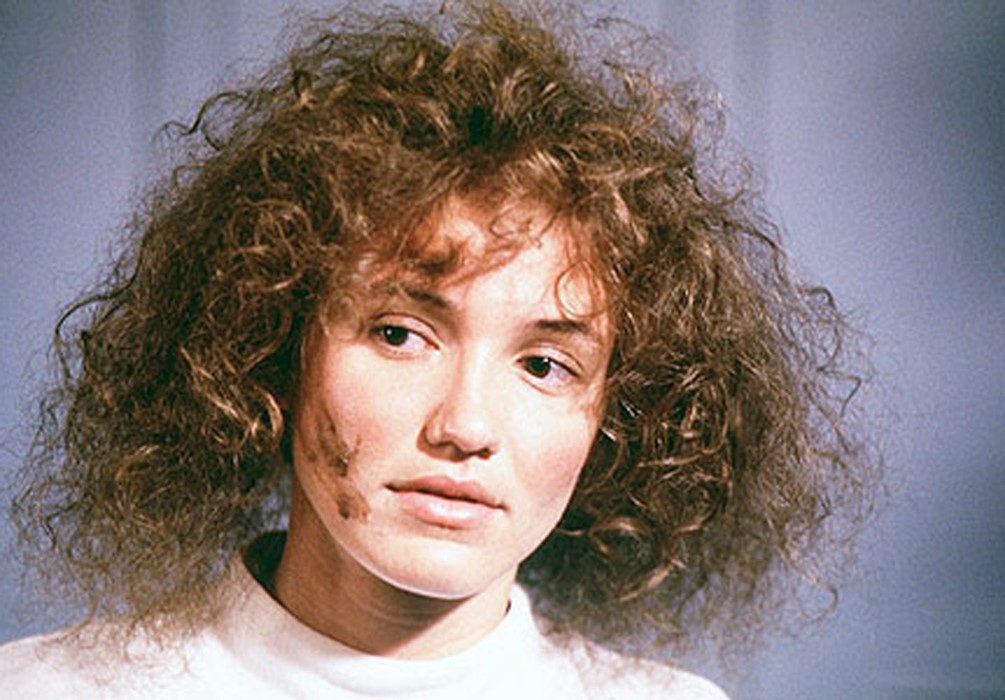
Lotte Schwartz, Being John Malkovich, 1999
Mysterious, eerie and oddly charming, Being John Malkovich was Spike Jonze’s debut film as a feature director. This house of horrors is a metaphysical comic romance, referencing human desires to be somewhere, or somebody else, through the tale of puppeteer Craig Schwartz as he is transported via a porthole into the head of John Malkovich. Cameron Diaz was given a remarkable make-under for the role as Lotte, Craig Schwartz’s wirebrush-headed wife, and her character has since become a cult hero for her dowdy waistcoats, white polonecks and cardigans, which verge so heavily on anti-fashion that they have become a trend in their own right.
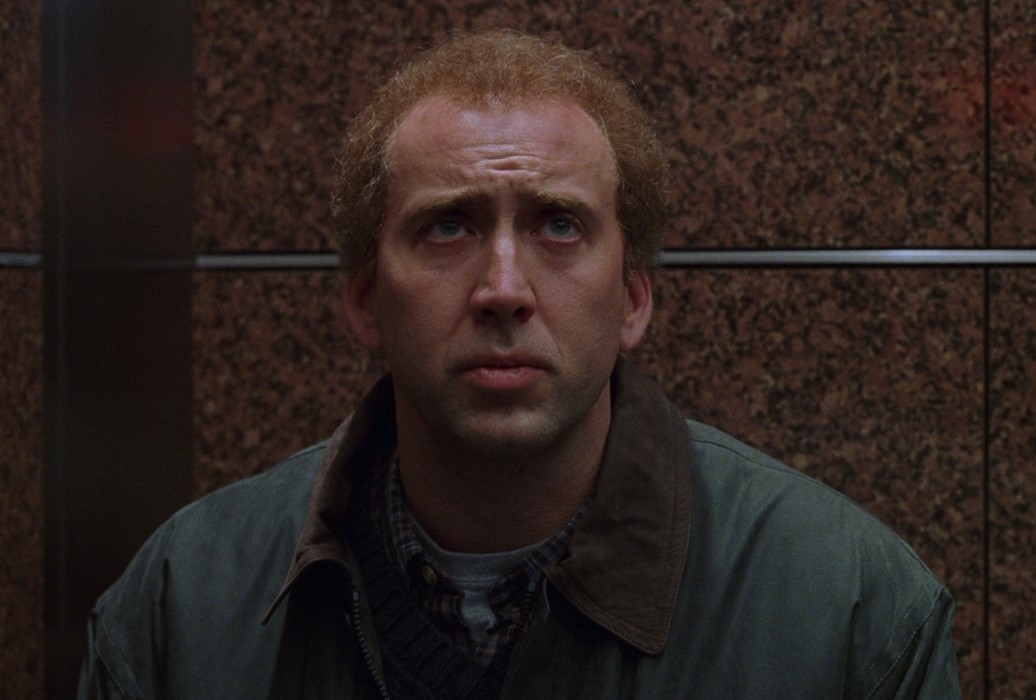
Charlie Kaufman, Adaptation, 2002
Adaptation tells the story of struggling screenwriter Charlie Kaufman as he attempts to complete a script based on The Orchard Thief by Susan Orlean. With a high-rolling cast that includes Nicholas Cage, Meryl Streep and Tilda Swinton, the film is rife with underlying themes and suggestive ideas, as Kaufman battles with a chronic case of writer’s block. Not least, the film also stands as a high point in the timeline of Cage’s ever-evolving cinematic hairstyles, with this particular one now known as The Curl. His woolly coiffure seems to be as sad and confused as his character, worn with lumberjack checked shirts, barbour jackets and slacks.
Text by Mhairi Graham
